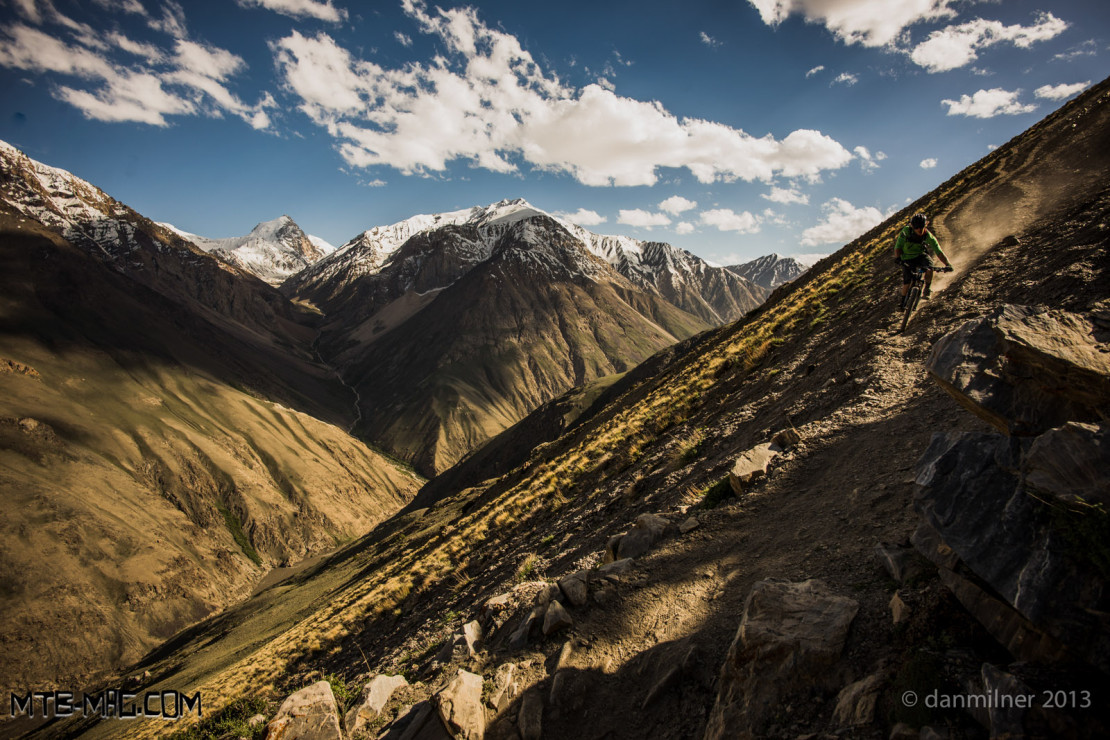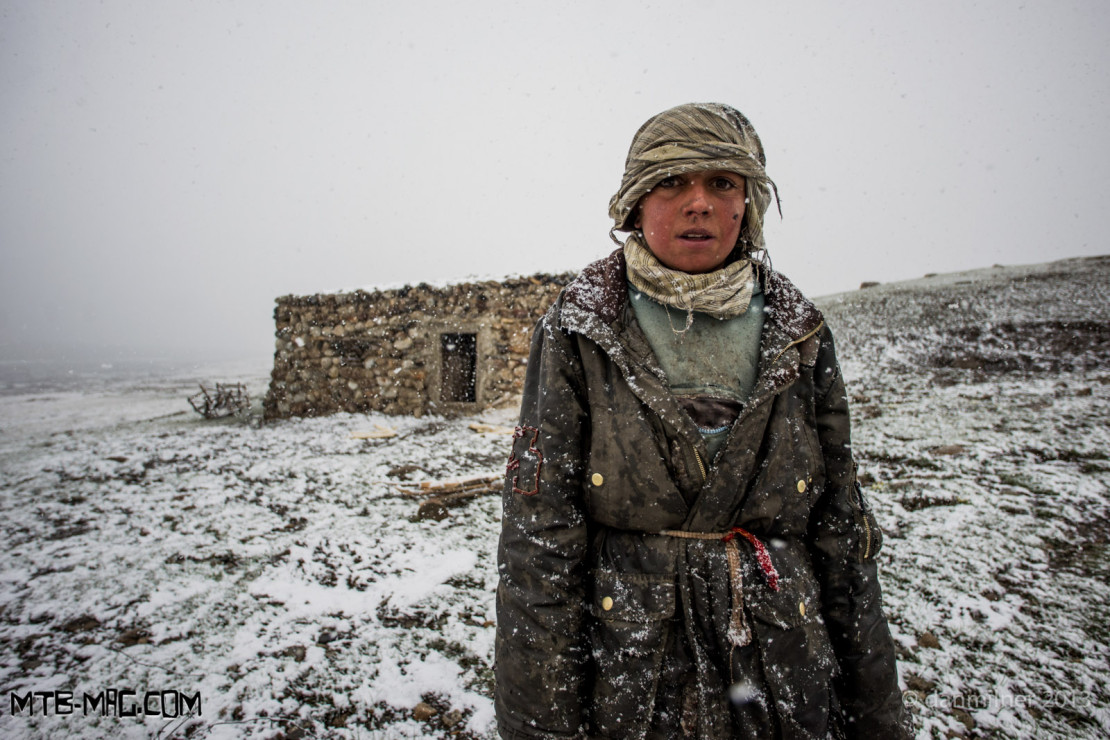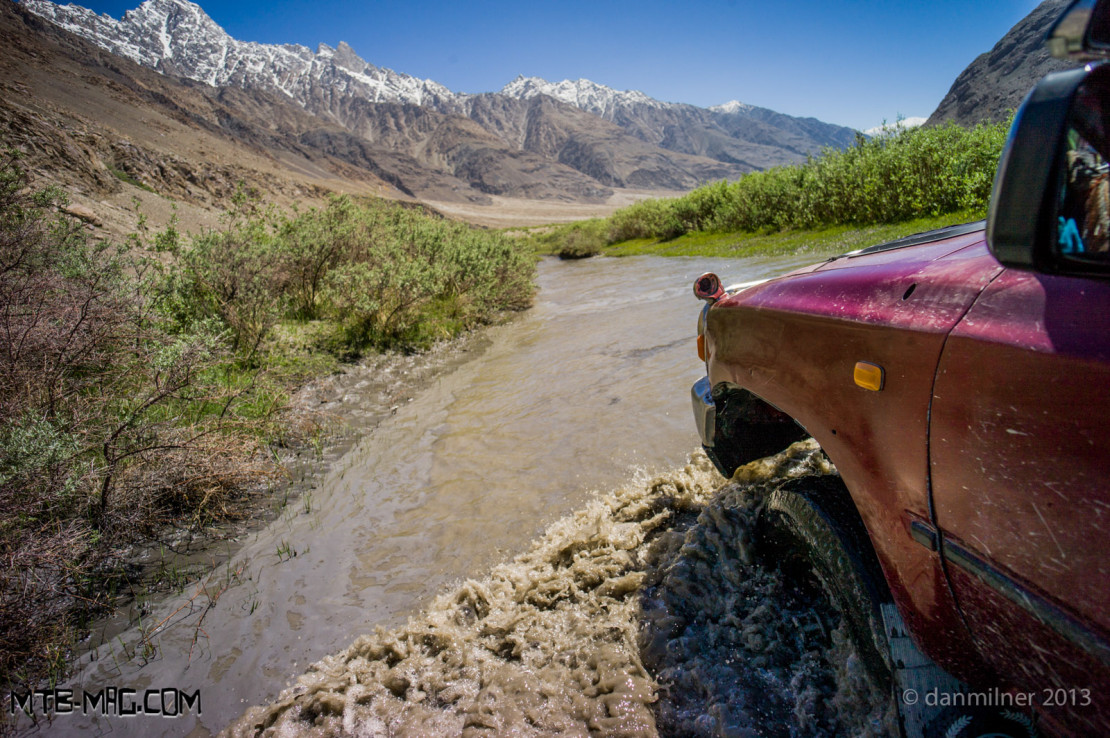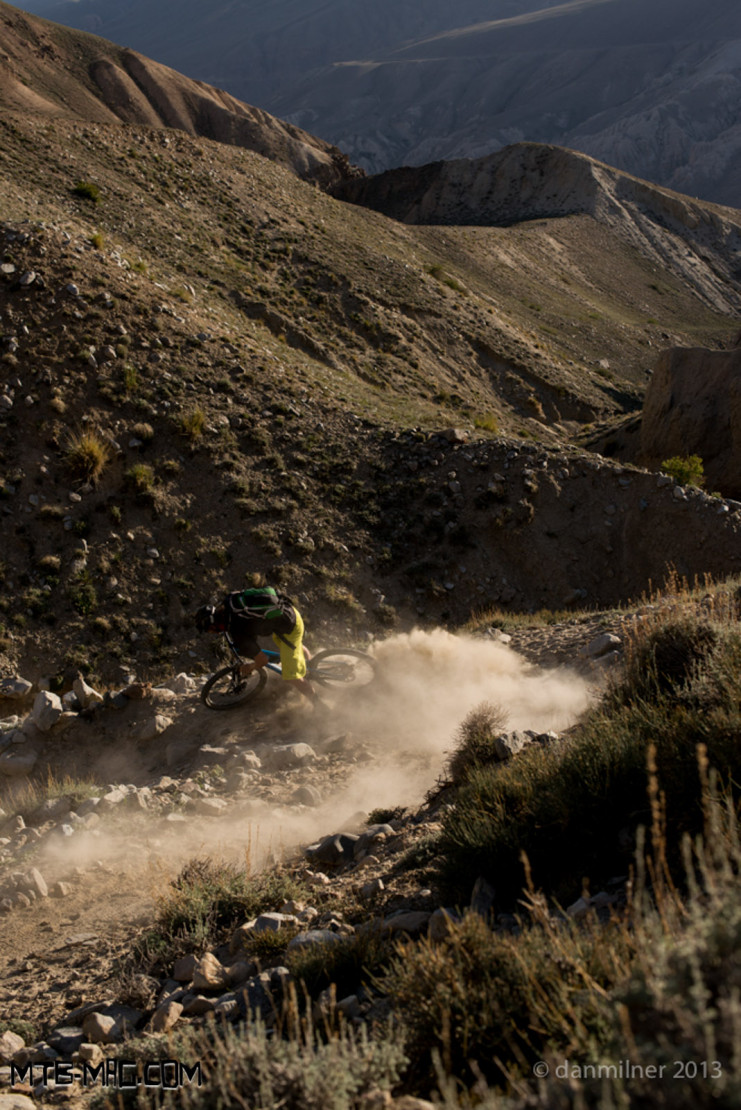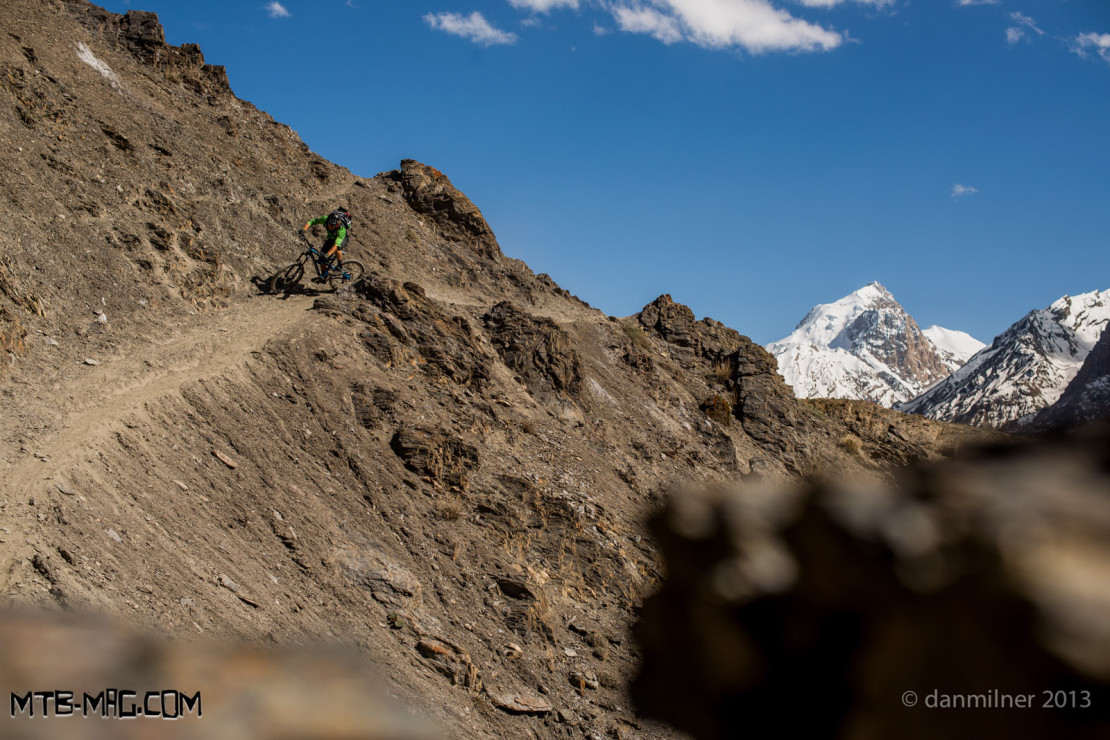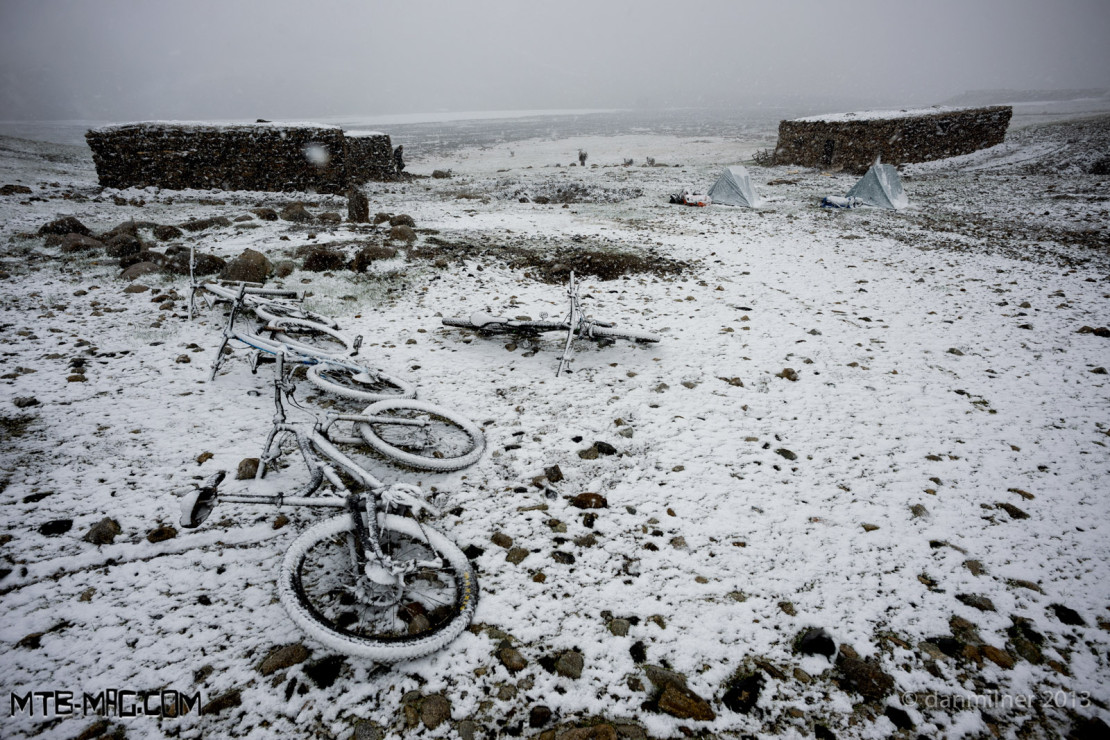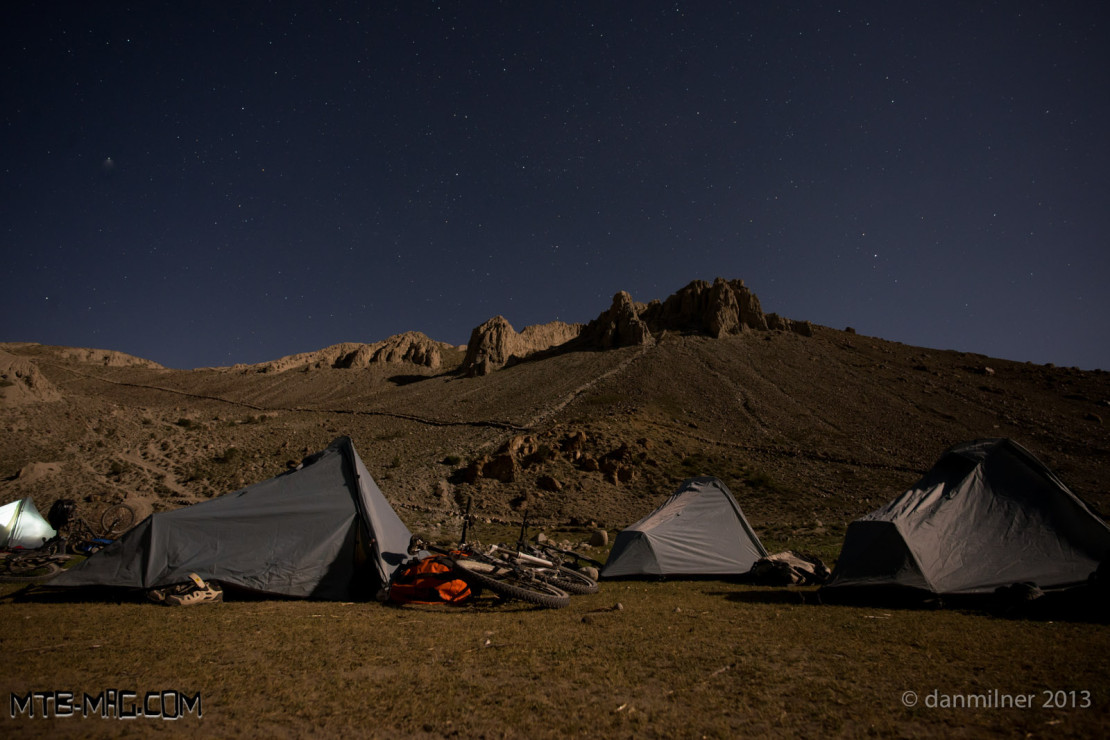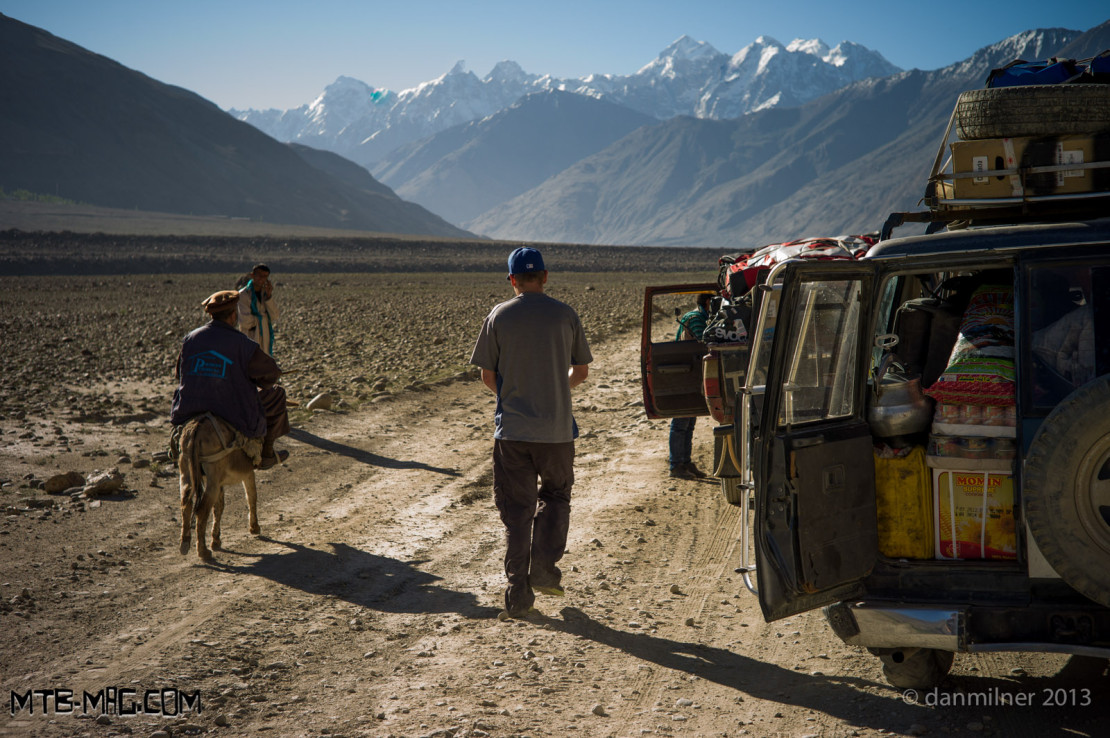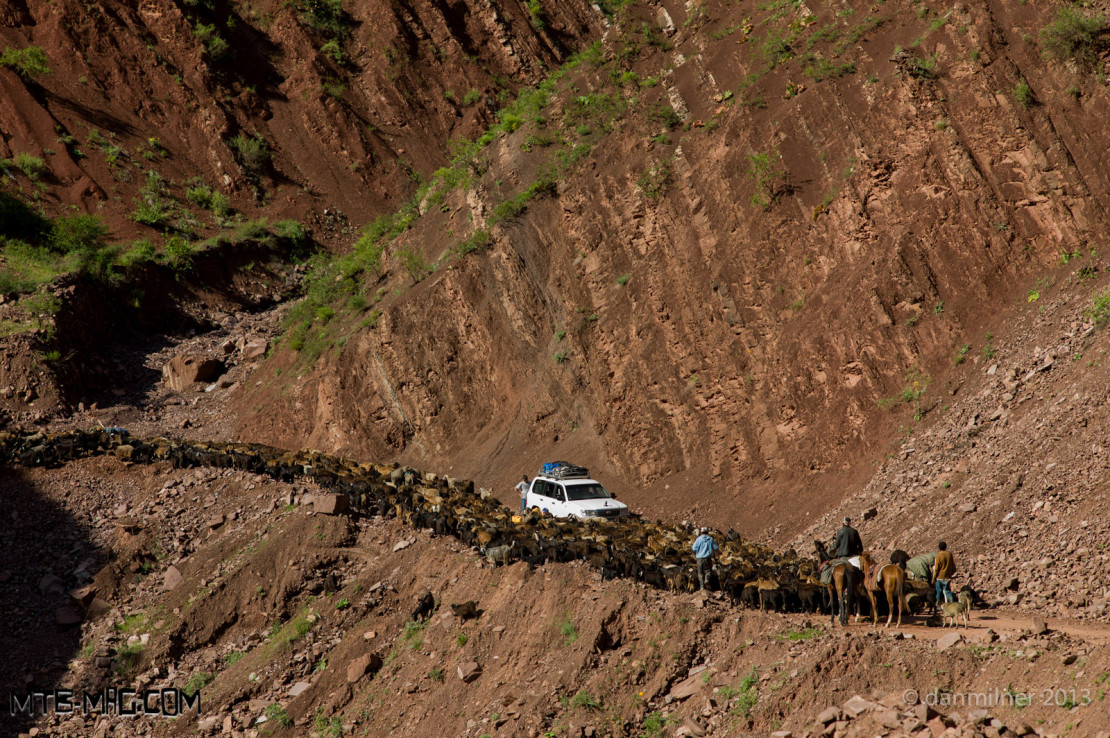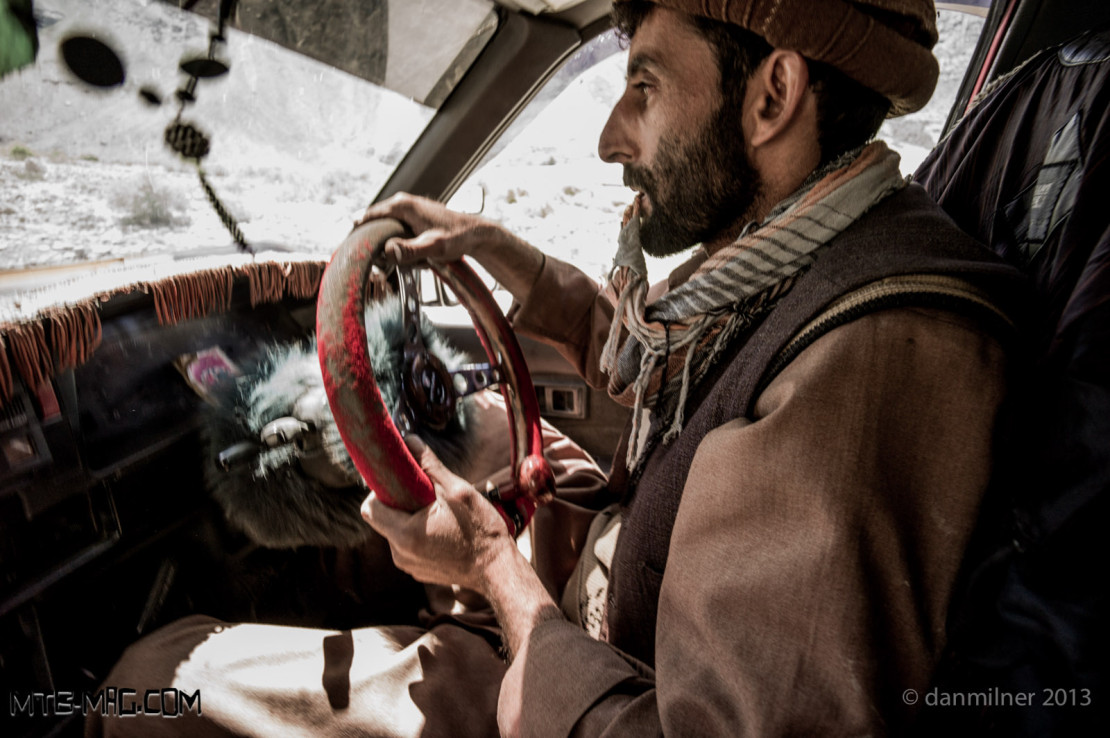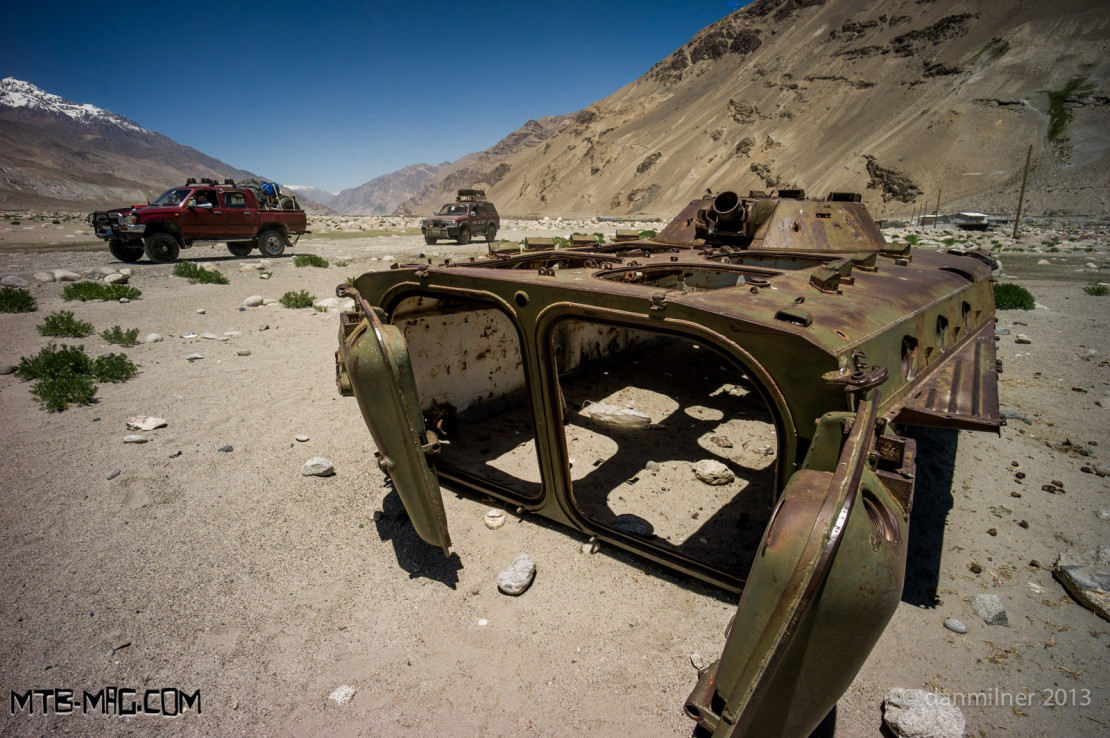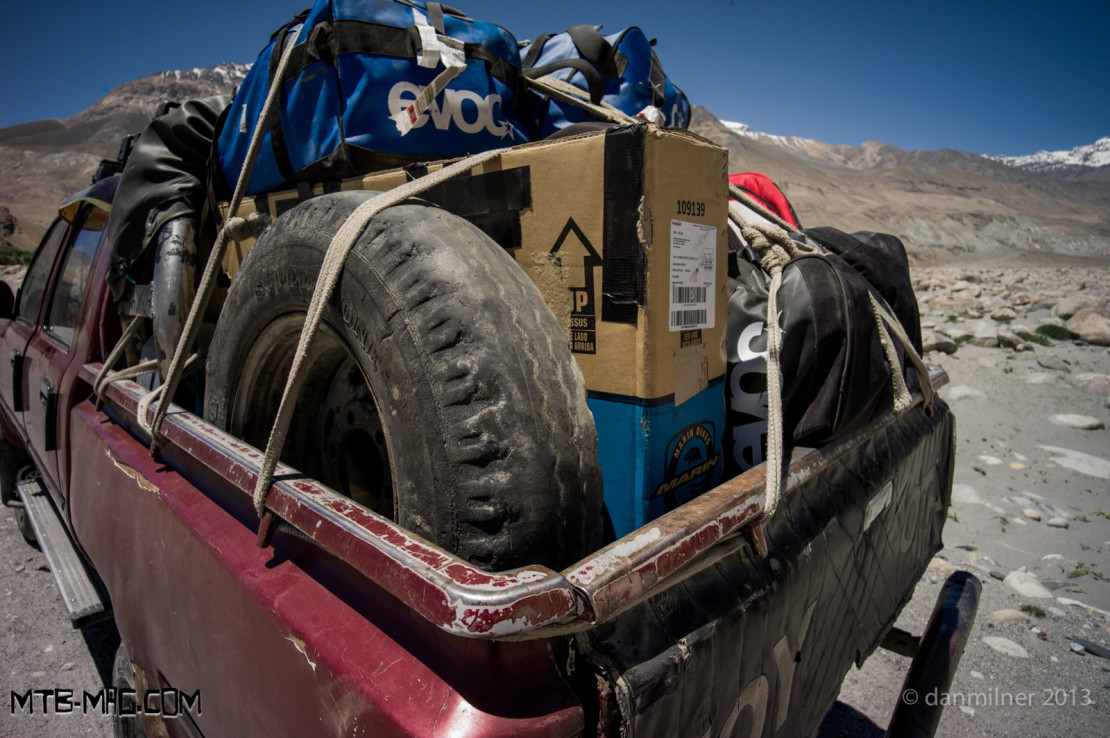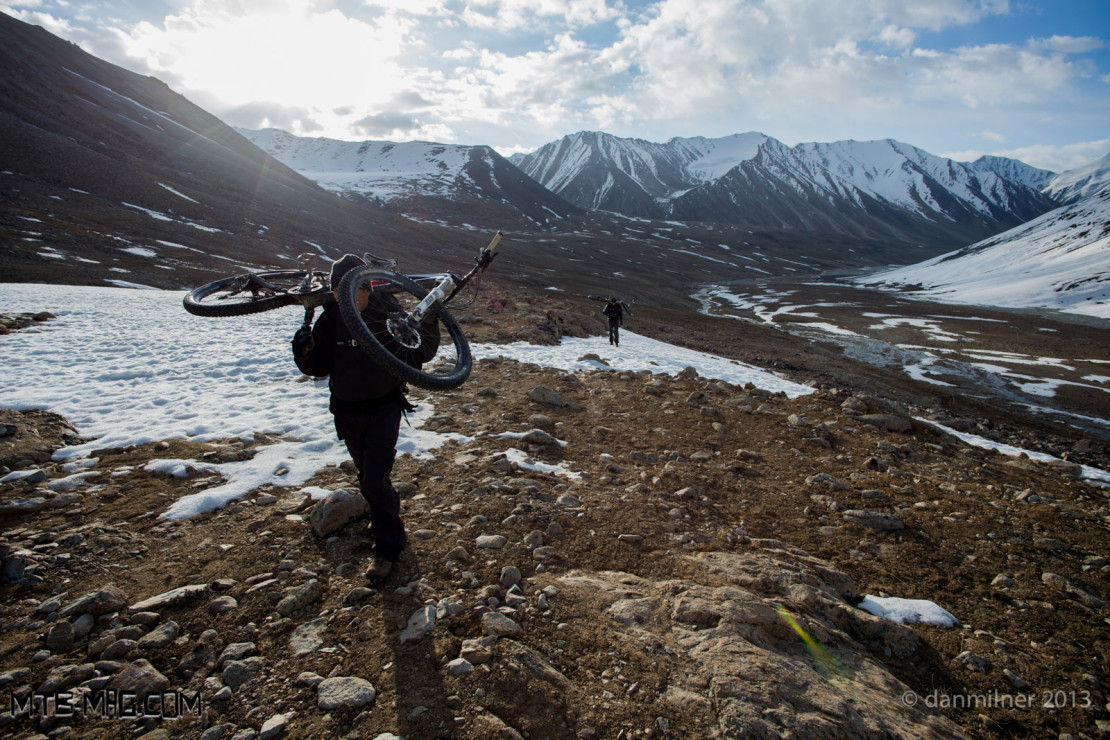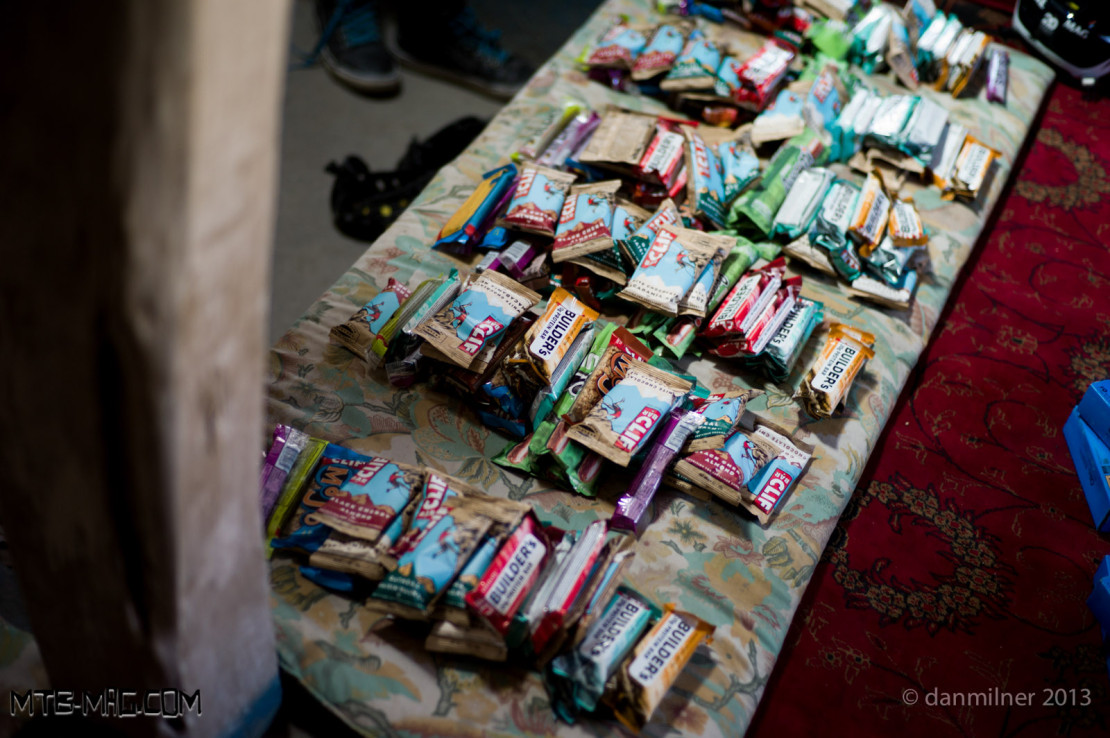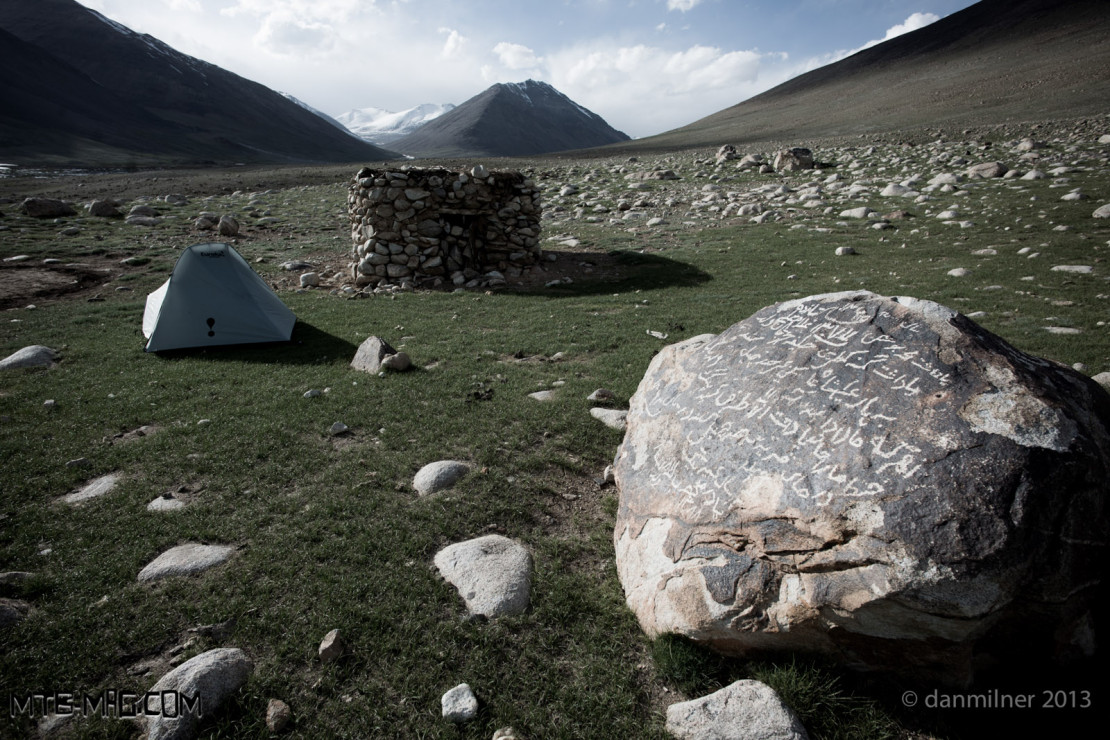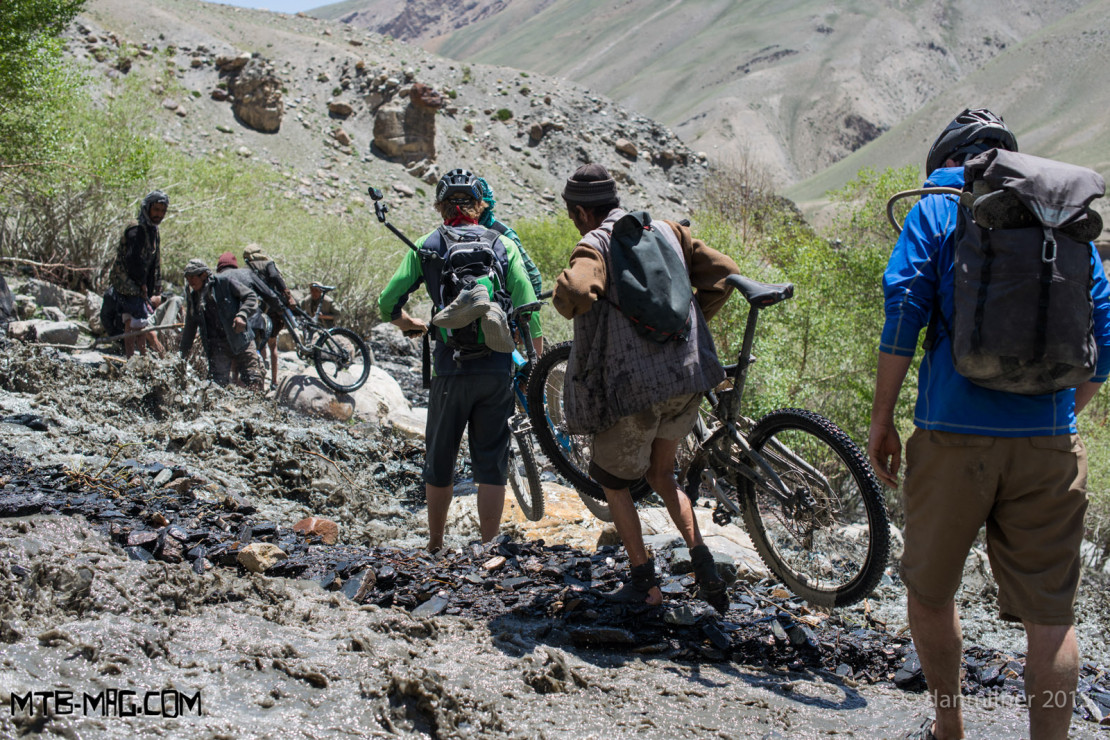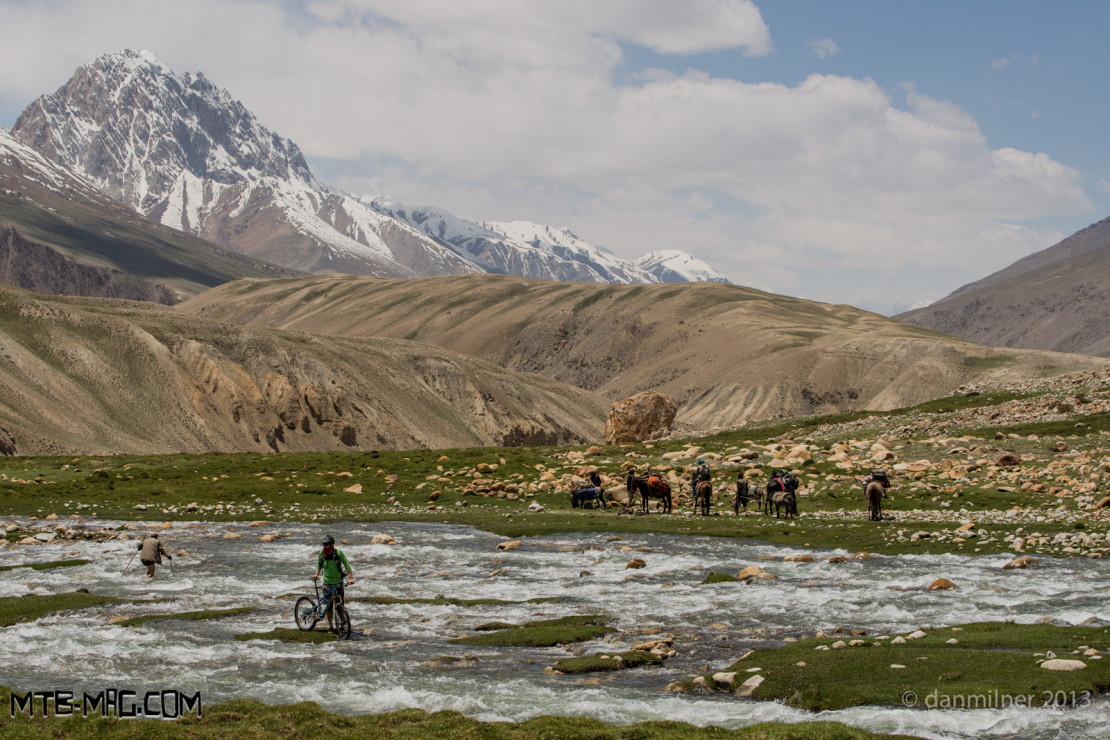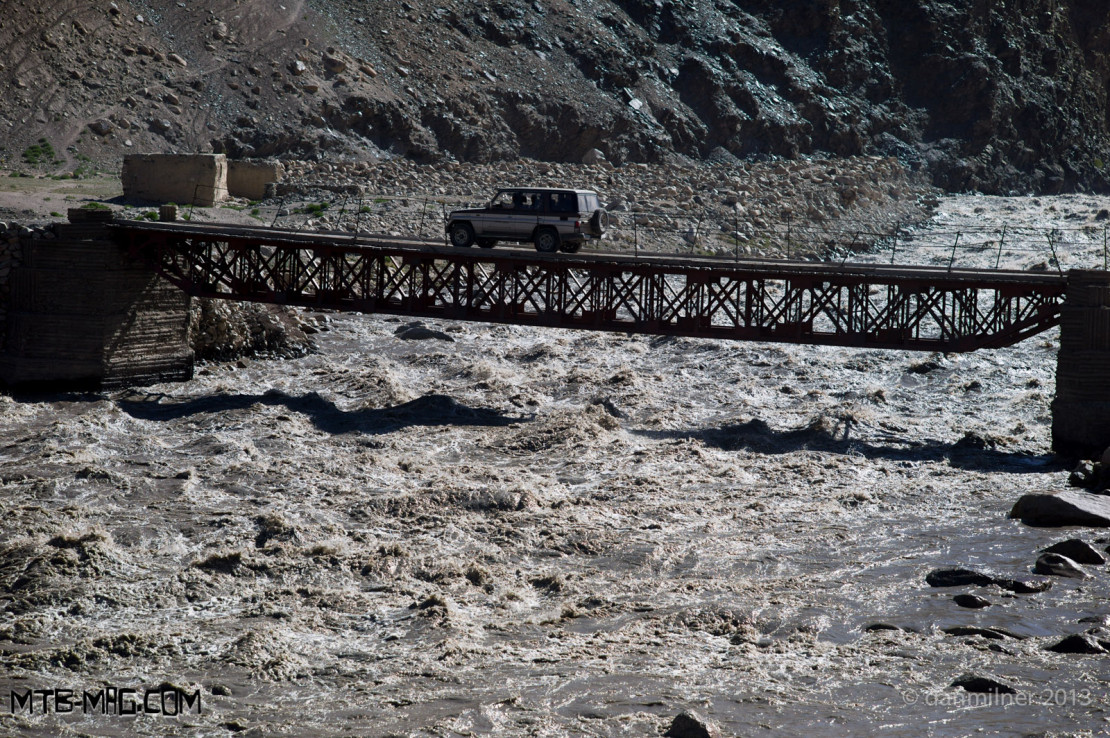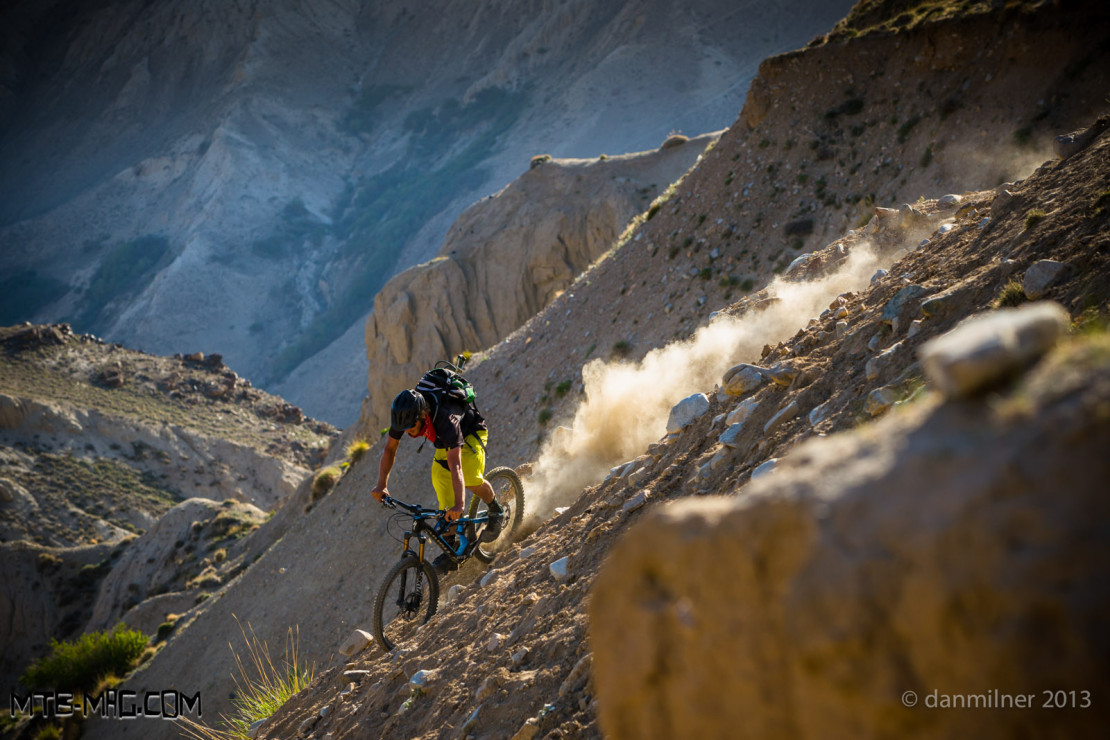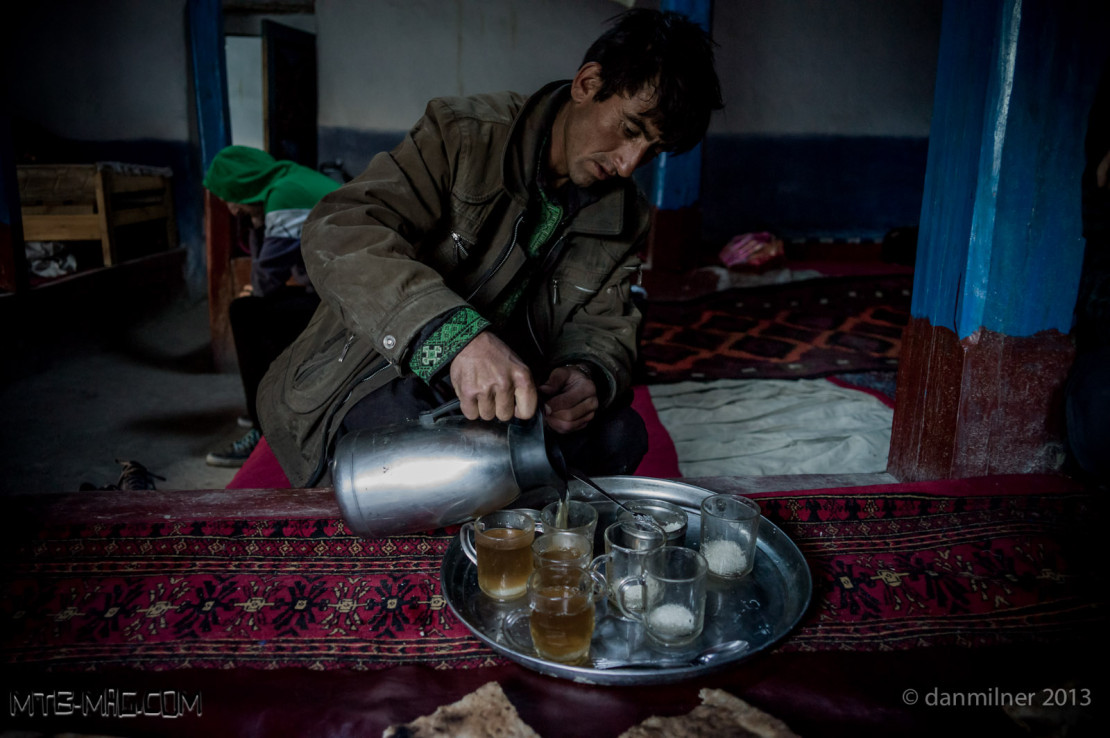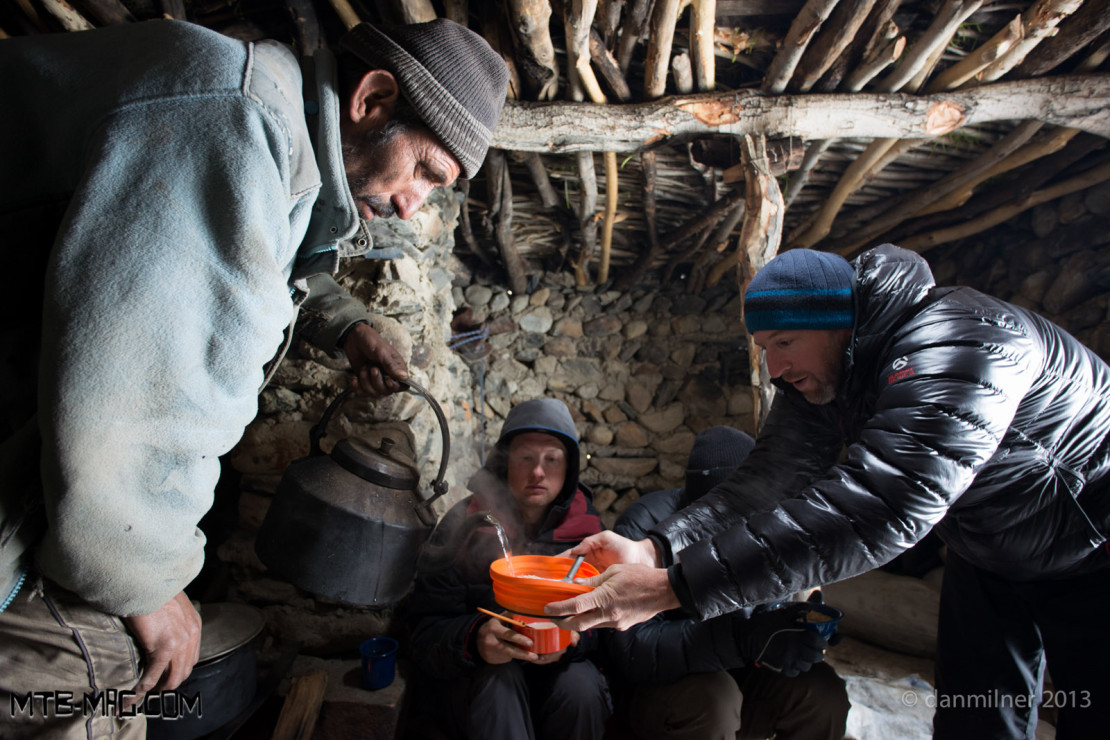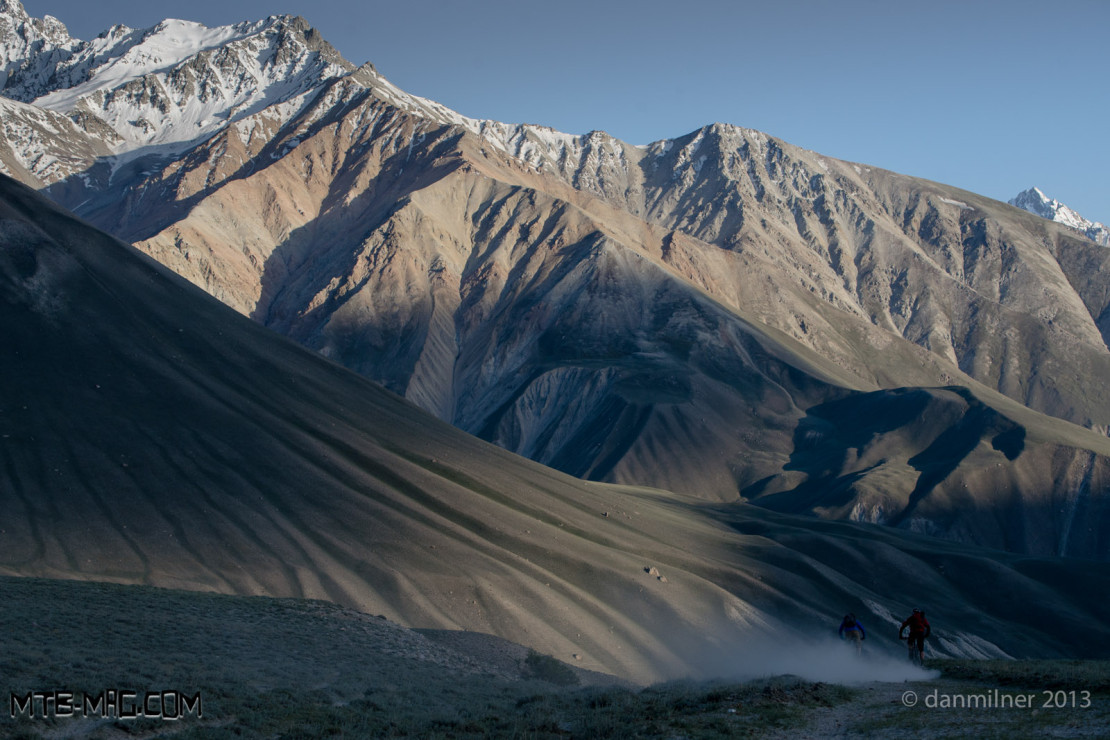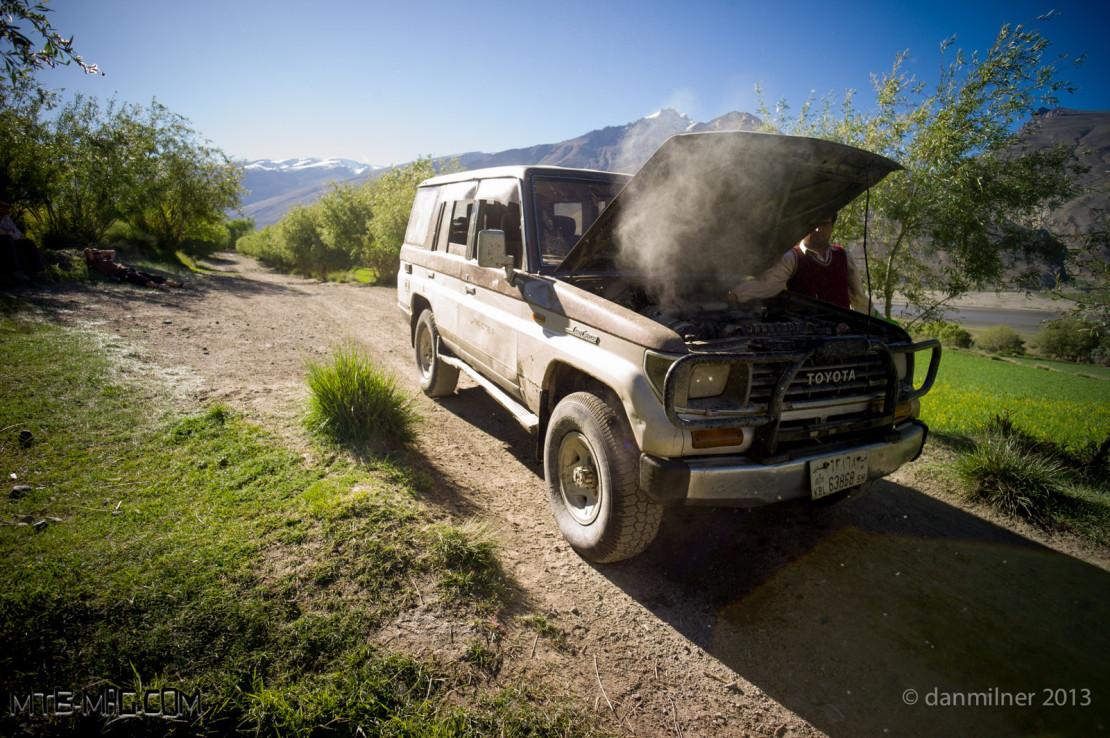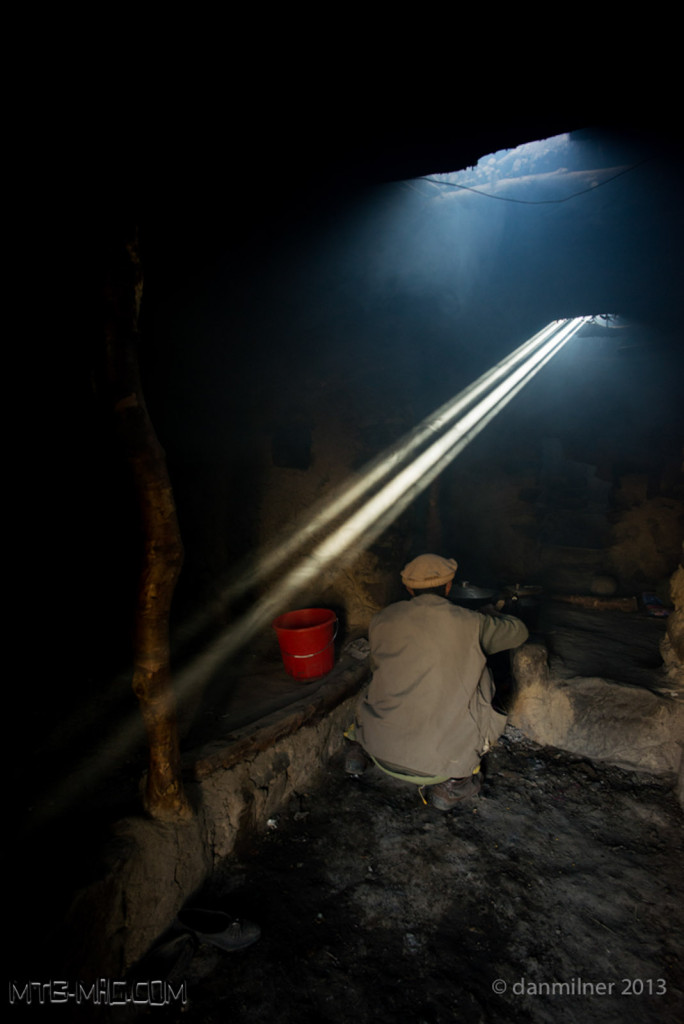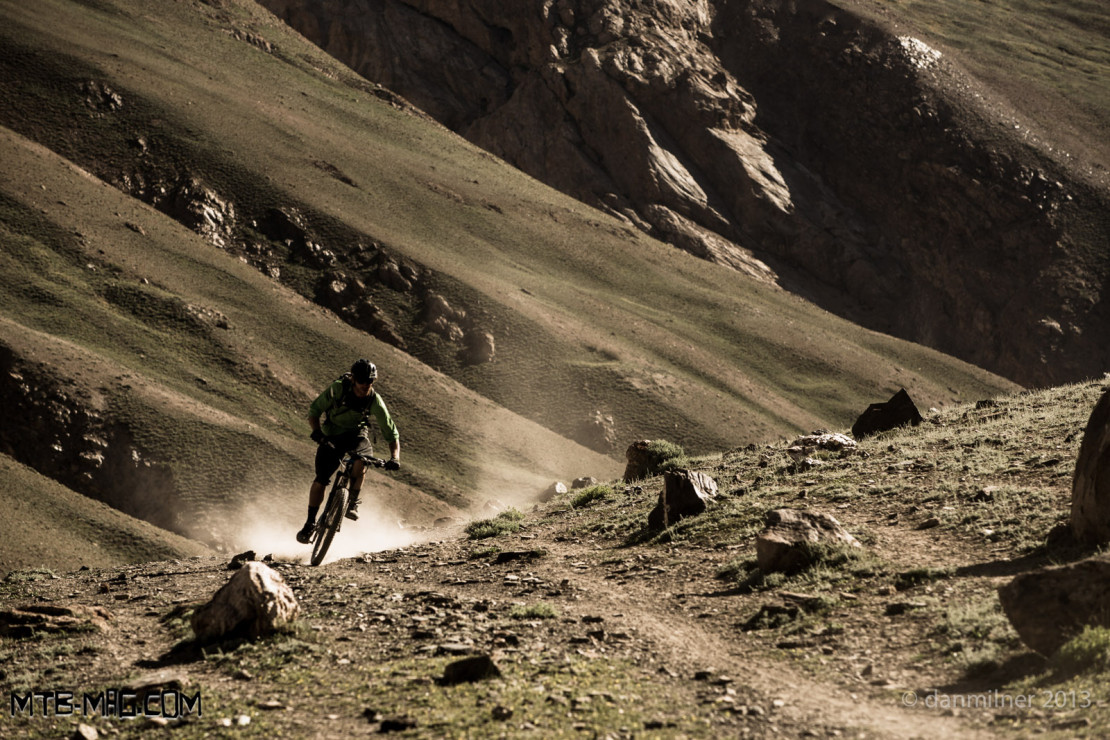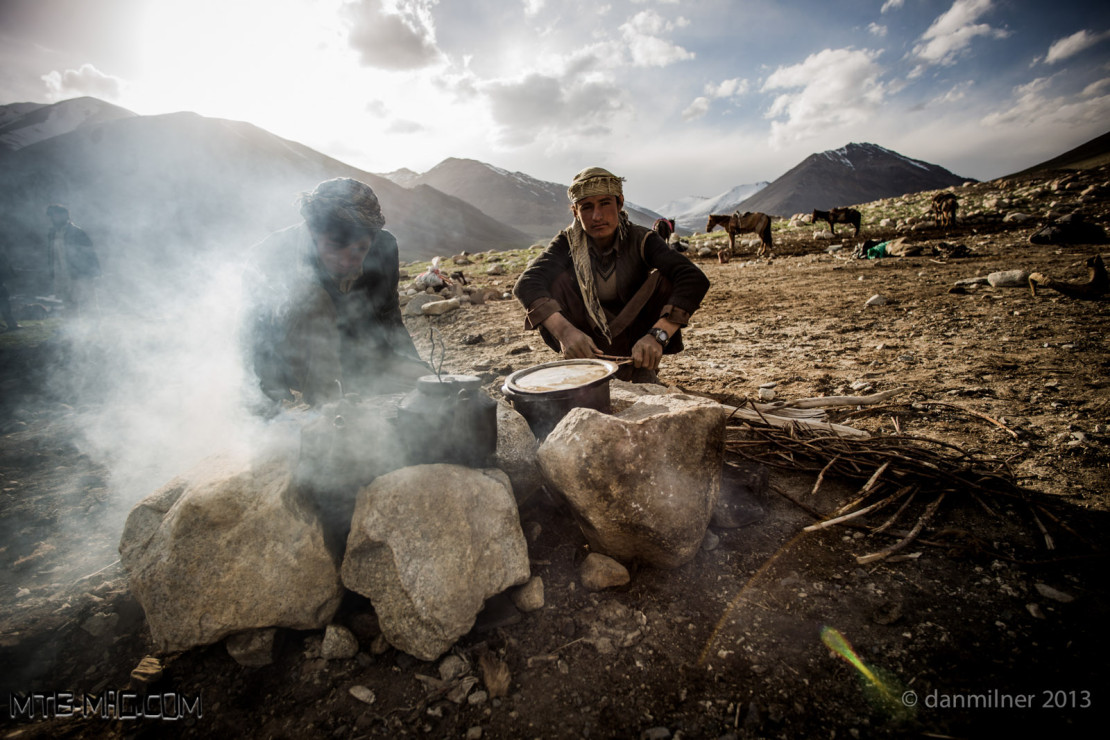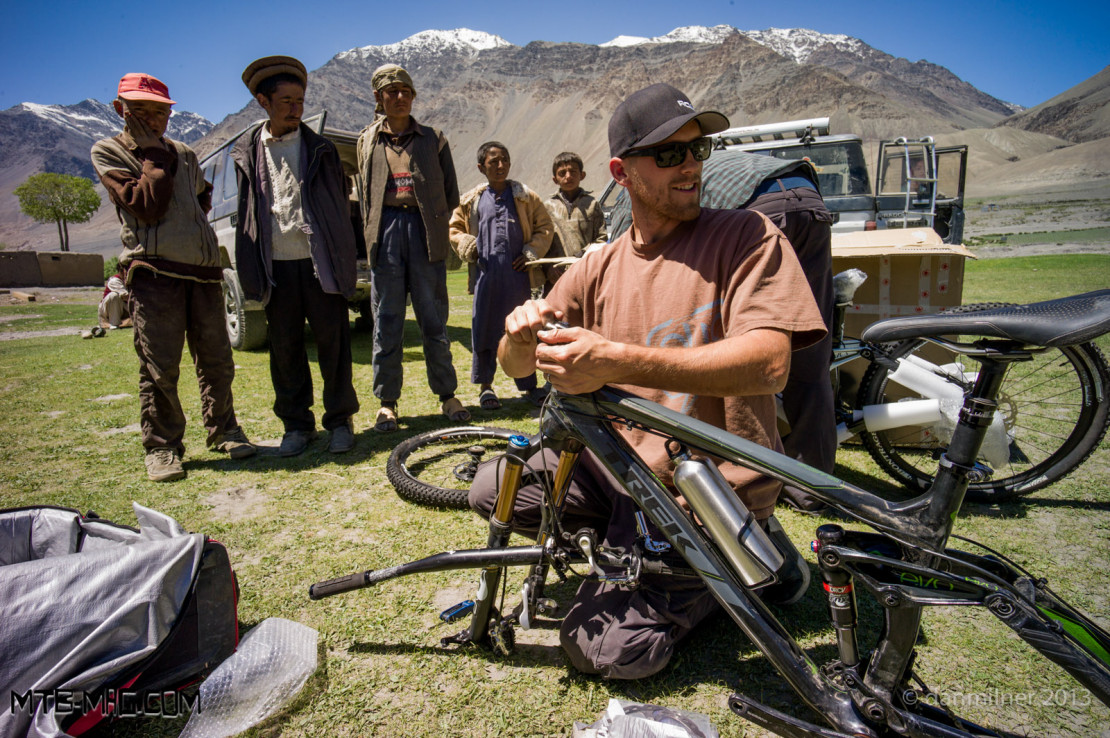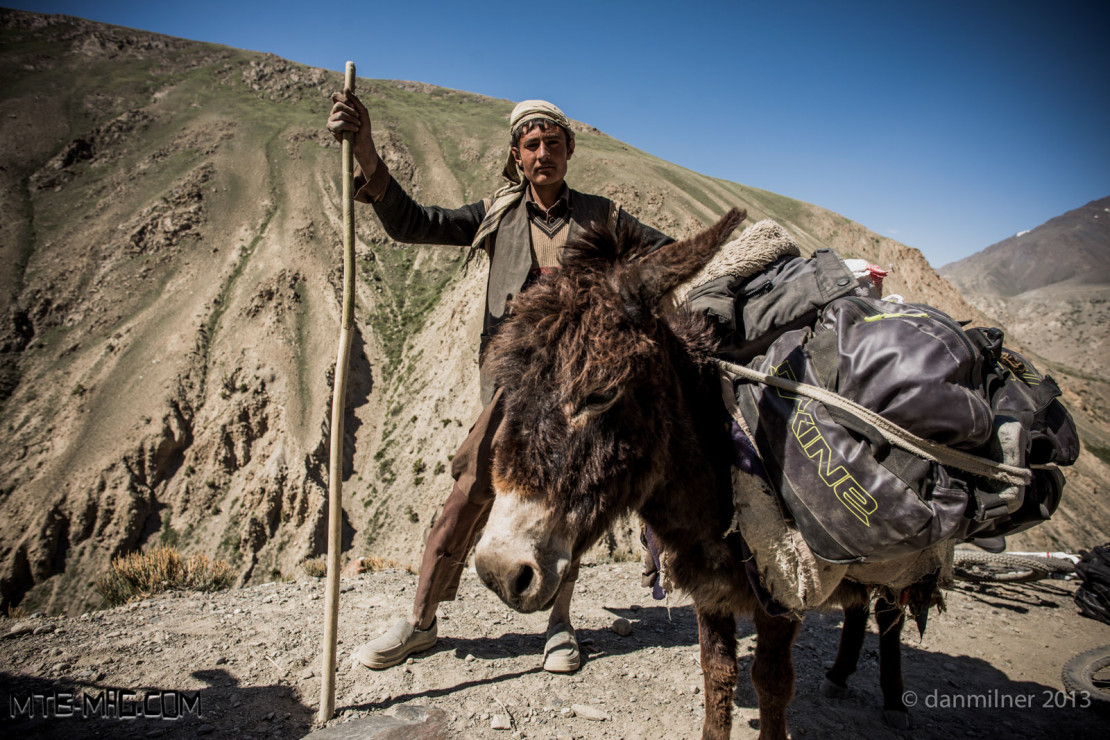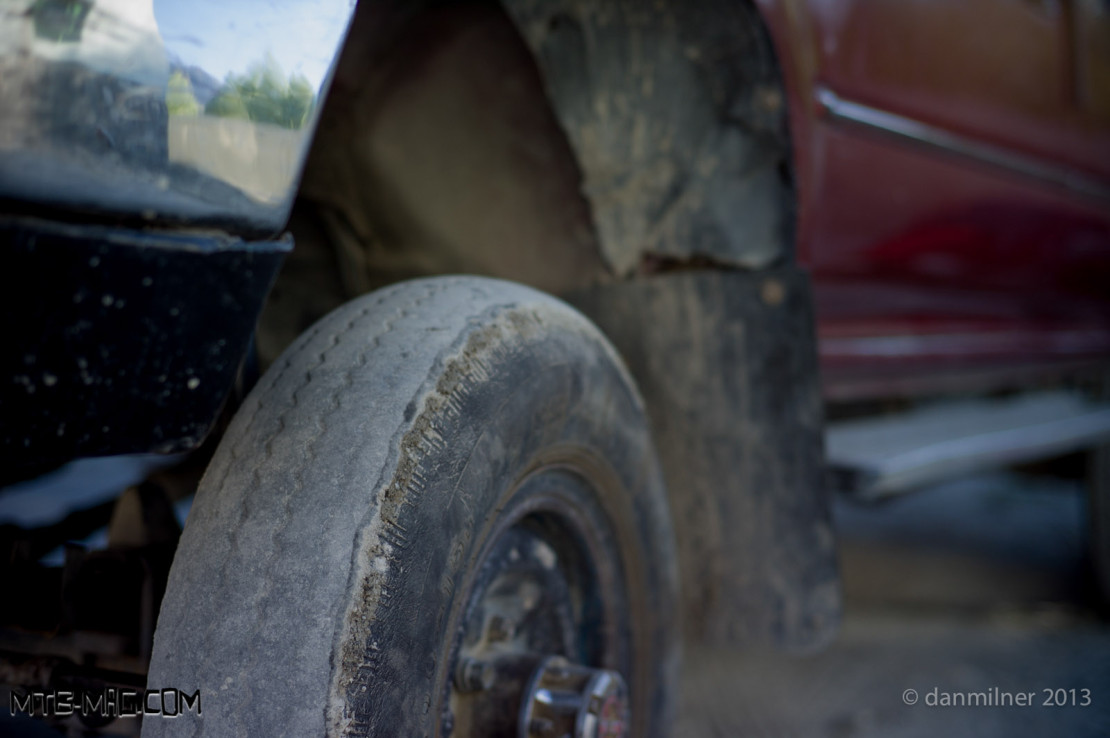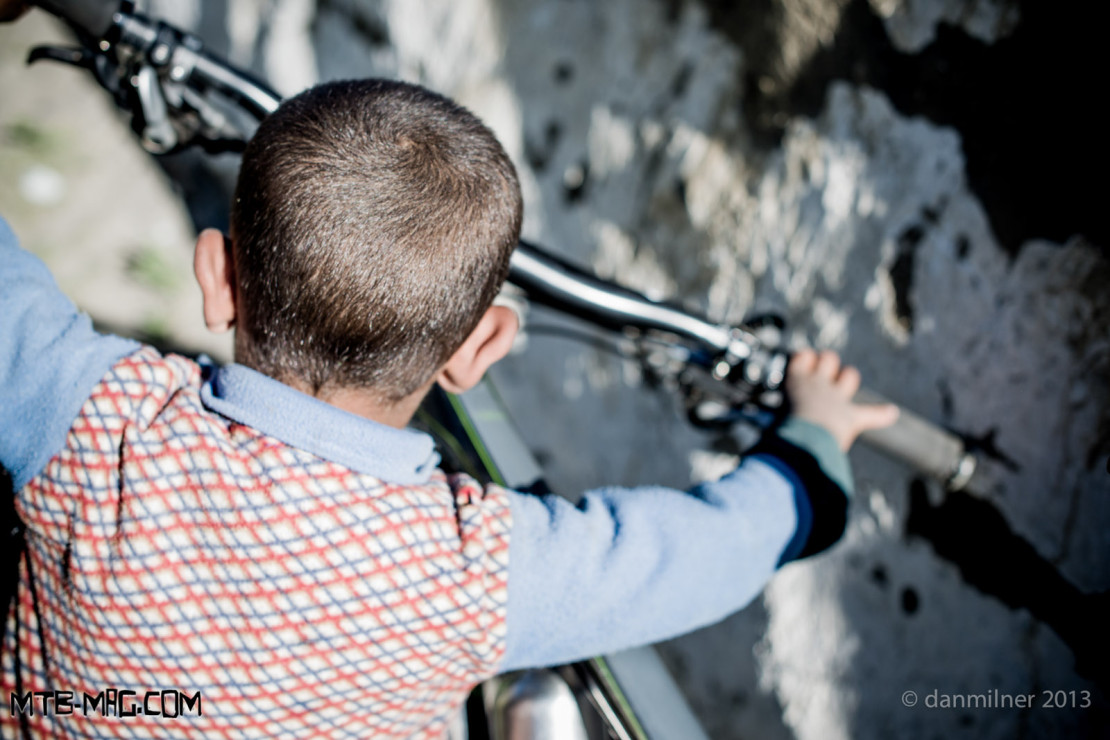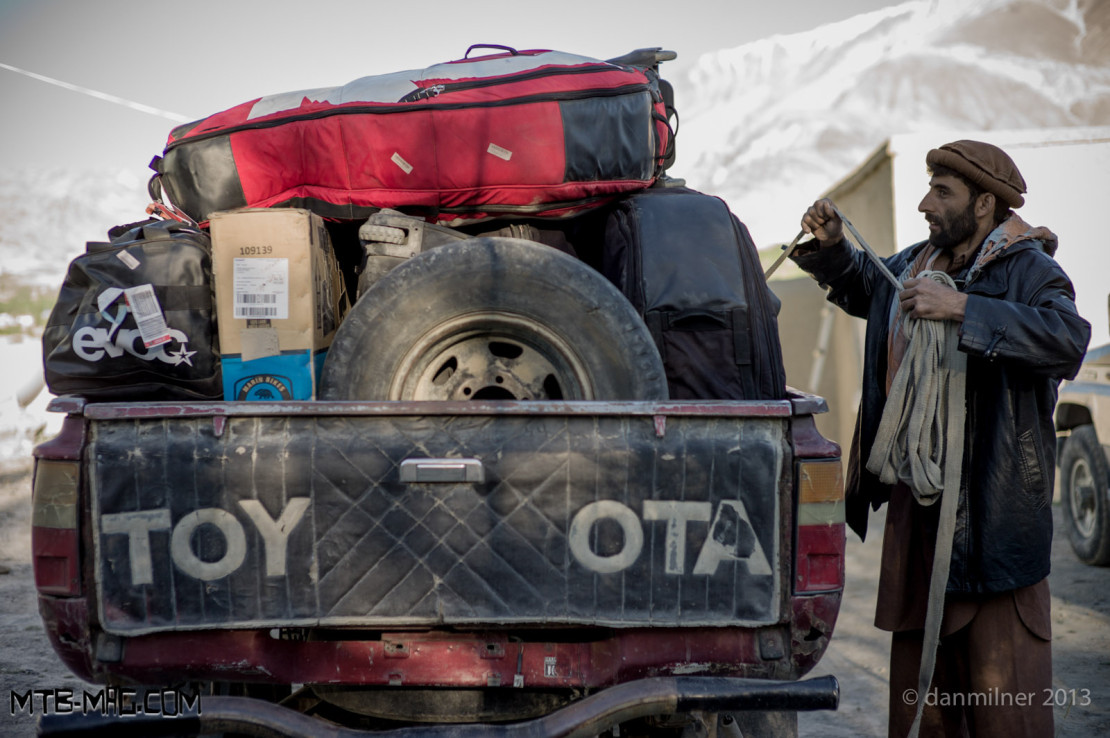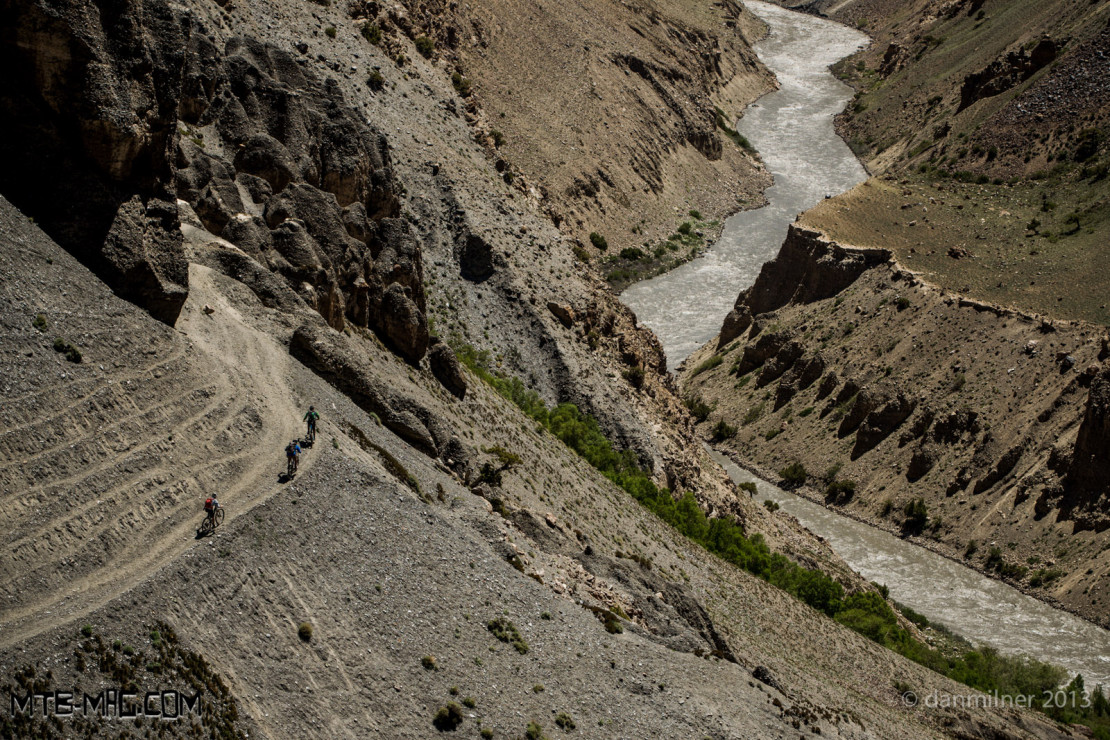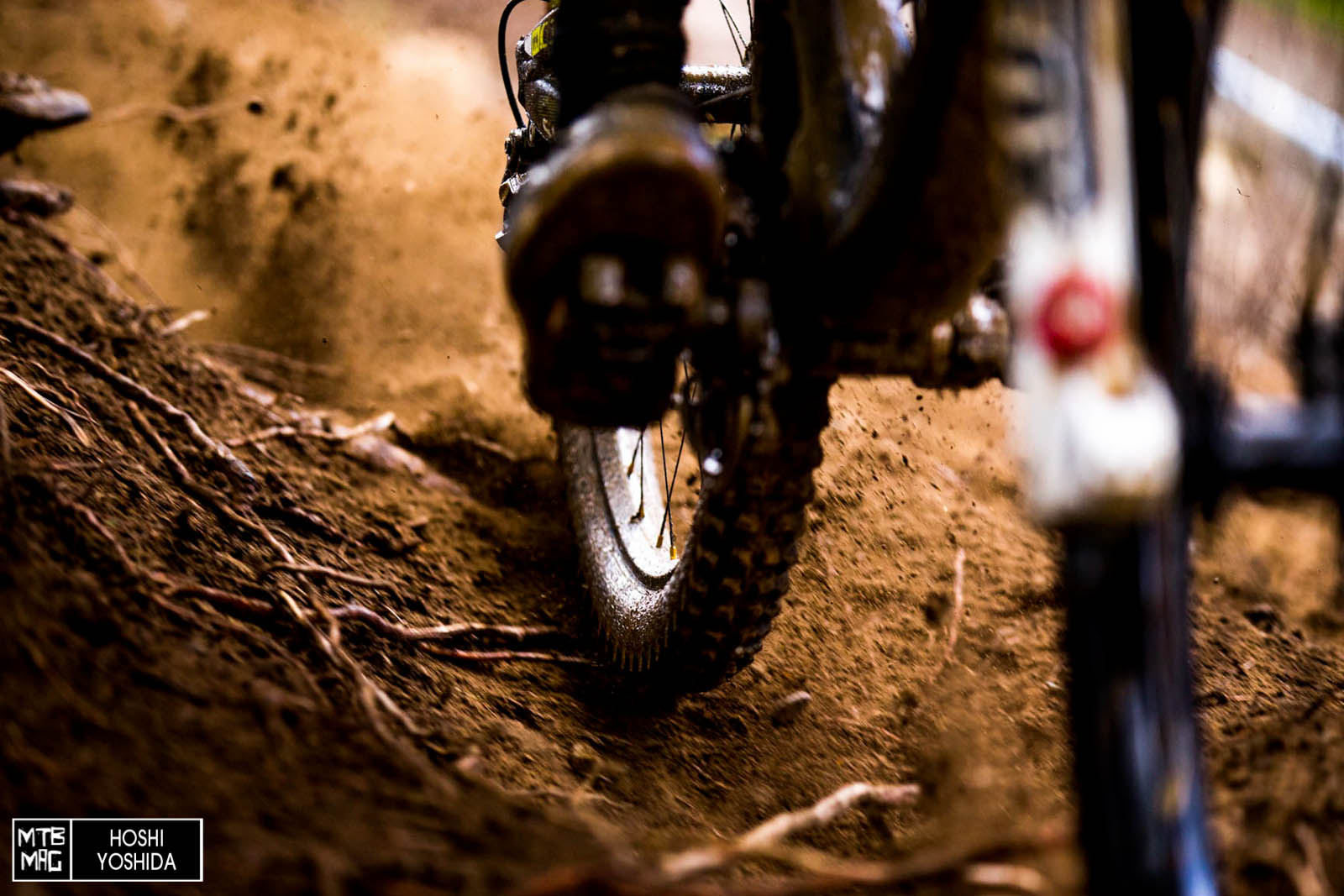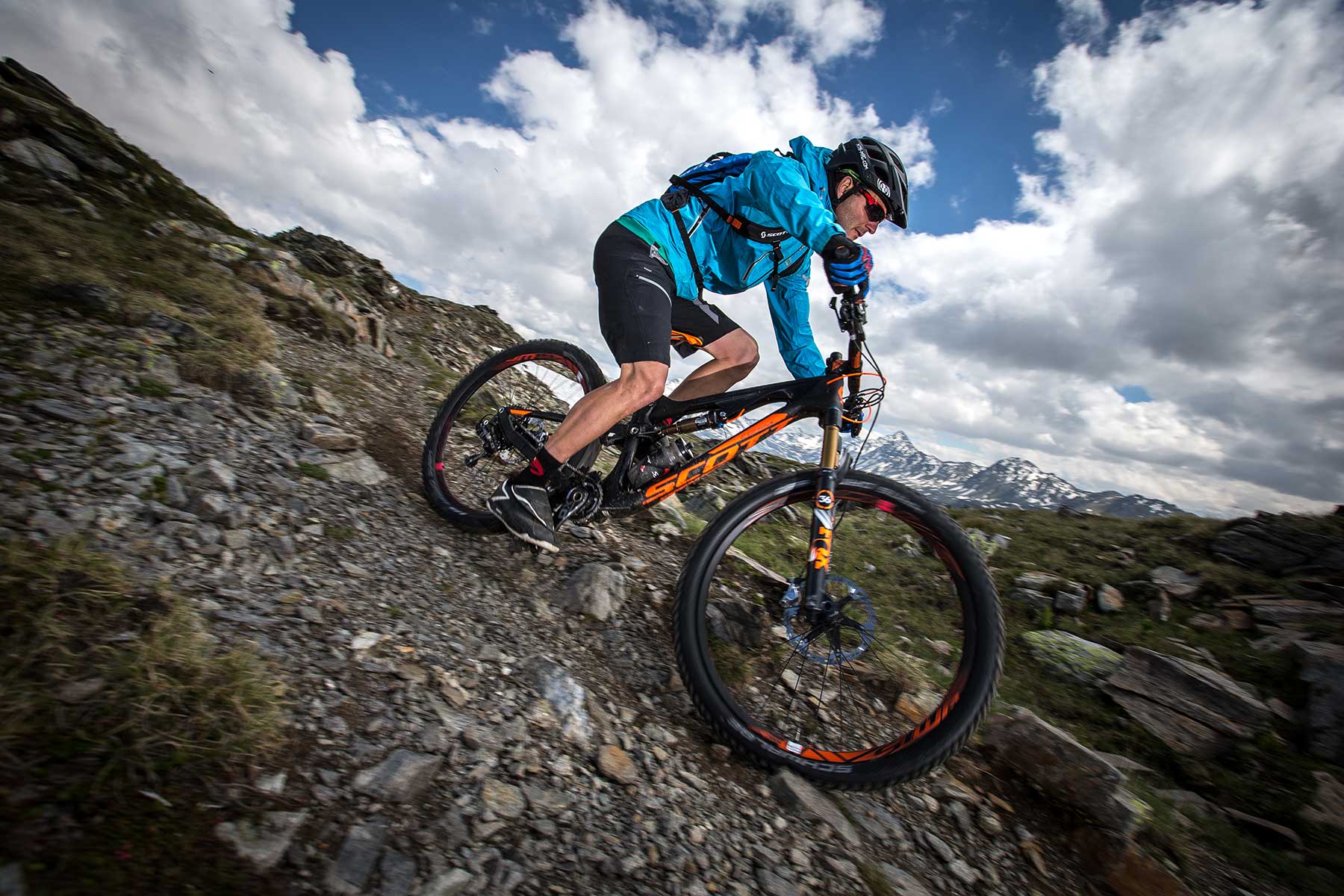“His name means ‘soldier’,” says Yaar Mahahammad, our translator.
Yaar is talking about Askarkhan, a 13-year old boy who has been hefting rocks into the foundations of a new hut with the kind of ease that would put my own strength to shame. Askarkhan peers at us with piercing eyes from beneath hand-me-down clothes. Despite his military-sounding name, his clothes have no resemblance to a uniform, and he doesn’t need one. Here, at 4305 metres altitude amidst the swirls of a snowstorm in the Wakhan Corridor, Askarkhan is far from the war and troubles that have tragically become synonymous with his home country, Afghanistan.
Here the best weapon for survival is resilience not a rifle. Guns are only useful against marauding wolves, but resilience will see Askarkhan brave the short, eight-week summer of herding yaks and sheep high on the mountainsides. Resilience will arm him against the cold of night, the snowstorms (possible on 350 days per year), and the thin air. I have a lot to learn. All in all, it’s probably the harshest place I have ever been, so why the hell are we trying to ride bikes here?
The snow buries our six bikes and tents alike. Above us, hidden in fog sits the way ahead, the 4809m Karabel pass, the second of three high passes we have to brave during our 12 day pioneering ride through the Wakhan. Navigating each pass means a 4am start, to give the luggage-bearing pack animals a good chance of crossing while the snow is frozen hard. Each climb will require dragging ourselves from warm sleeping bags to force on frozen bike shoes hours before any sign of breakfast. But each we hope, will deliver another brake-searing singletrack descent.
As far as adventure-bike trips go, it doesn’t get more adventurous than this. The term ‘adventure’ seems to put such trips outside the normal remit for whinging; after all, if the going gets tough, then that’s just part of ‘adventure’. But even after 30 years of remote mountain biking trips, this one is stretching my resolve. If “hard-earned” is the price you pay for riding where no one has ever ridden before, then we’re paying excessively in Afghanistan. There has been nothing easy about our trip so far, from the four-day, rough, overland approach from neighbouring Tajikistan, to the massive temperature swings that deliver 30C heat one day and snowstorms the next. It’s day five when we meet Askarkhan. We have 7 more to go. I’m tired, my feet are wet and my hands numb.
Five days earlier we strike out from Sarhad, the village at the end of the only boulder-strewn, washed out jeep track into the Wakhan Corridor. It’s a road we travelled in Toyotas with bald tyres and broken windscreens, taking 14 hours to cover the final 150 Km of Afghan soil. After that it’s good to be on the bikes despite riding straight into a 600m climb. We leave behind us any semblance of vehicles, toilets or cell-phone coverage. For 12 days our tyres roll only on ancient trails chiselled into the dusty hillsides by centuries of determined pack animal traffic. For the first two days we follow part of the ancient silk route, beating its way East towards China, shadowed by the impossibly vertical peaks of the Pakistan’s Hindu Kush.
“So we have three possibilities,” explains Tom Bodkin about our route options, laying out a patchwork of old 1980’s Soviet maps on the grass. Without hacking into the US military’s drone programme, these old Soviet era maps are the only source of detail we have. The maps are a maze of tightly packed contour lines. Tom runs adventure travel company Secret Compass and is the brains behind the whole expedition we’ve signed up for. He’s realistic and spells out possible problems that might arise during our 250 km ride. As if adding items to a shopping list he methodically points a number of snow-melt swollen rivers and high, snowy passes, any of which might prove un-crossable and cause our retreat.
For all of the assembled mountain bikers, including pro-rider Matt Hunter, Anthill film cameramen CJ and Darcy and expedition-veteran Brice Minnigh, the lure of riding bikes here is not about kudos or dubious bar-talk bravery of ‘surviving Afghanistan’. It’s the enticement of the unknown, of what lies beyond the usual boundaries of daily routines. It’s the magnetic appeal of hard-earned singletrack rewards that has brought us to this unforgiving landscape. It’s true that no-one has ridden, pushed or carried bikes through here before, but the Waki people welcome about 100 trekking tourists each year, each safe in the knowledge that the Wakhan sits beyond Taliban interference.
time to appreciate them. Hauling the bikes onto our backs for regular 500m vertical ascents, the rugged mountains around us become a distraction from the task of kicking steps into a loose, sandy hillside. The pattern of climb, descend, repeat is set on day one, right out of the gate. By the end of this first eleven-hour day on the trail, we’ll have crossed two passes and waded through two ice-cold rivers before crumpling in a heap at camp.
We ride off-camber, loose, narrow singletrack, perched precariously above thundering rivers brown with meltwater silt. Getting the trail surface dialled is a steep learning curve, but having Matt in front is as good a lesson as anyone could ask for. He leaves me for dust. Each of us deals with the exposure factor differently, but it’s the river crossings themselves that become the single great leveller.
At each river we stop, regroup and collectively plan a way across, and for good reason. Every river is a raging torrent of ice-cold meltwater, formidably dark with silt. Carrying bikes becomes a game of nerves and balance. Numb feet become the targets for bowling-ball rocks, rolled along the riverbed by an angry current. Meanwhile an enthusiastically grabbing, wildly shouting Afghan support team beckons from the far bank, adding to the drama. And then we have to get the donkeys across.
In truth we’d be going nowhere without the local support and their pack animals to haul our camping gear and food. In this forgotten land, where winter lasts 8 months of the year, we are a valuable source of income for six locals, including Amin Bek our cook, Amin Ali his helper and Yaar Mahammad our translator. Yaar’s English is basic at best, and it’s clear he doesn’t understand much of what Tom tries to convey to our horsemen and cook. But without him we’d be felled. Finding an English speaker in this remote corner of the world is nigh on impossible. When Tom put the word out, only three candidates showed up at the Tajik-Afghan border crossing at the town of Ishkashim. One of them had travelled two days to pitch his service.
Where we stop each night to camp is dictated by water and grazing needs of the pack animals, rather than by our own abilities. The distances we cover aren’t big by any standards but I’m thankful for that. Starting out at 3264m we rapidly climb to over 4200m and remain above 4000m for much of the trip. Only time will allow us to acclimatise.
For the first three days we work our way up the side of the thundering Wakhan river, crossing its tributaries and making the most of every dusty section of trail we can ride. We break into the magnificent rolling hills of the Little Pamir, and follow a solitary horse trail up valleys and over passes. Spirits are high and group cameradery building, but the physical and mental challenges will take their toll before long. Each of us will suffer a low point in the trip, when energy and morale is lacking. It hits me on day eight, during a 40 Km ride that starts with a morning of flowing singletrack but descends into a freezing slog across boggy ground into a headwind of swirling snow. When we stop for a rest, I question our sanity. The group is silent. I get the feeling that others share my doubts, but no one wants to spoil the party. We press on, and of course later I’ll be glad we did, but by the time we reach camp at dusk, we will have been on the trail for 12 hours.
Our camp spots vary, sometimes in open, exposed meadows surrounded by boulders etched with petroglyphs, sometimes squeezed into steep-sided river gorges. While there are no permanent villages in the Wakhan, we camp wherever a shepherd’s hut can be found as shelter for the Afghans, and when the snow starts blowing, we join them in these chimney-less shelters for as long as we can endure the thick, choking smoke from the yak dung fire. Respiratory complaints are common here. None of us have met such a hardy, tough people, and resourceful too. The night before the first high mountain crossing, the Afghans sit melting the soles of their shoes on the campfire to stick on patches of fabric. The ad-hoc crampons that result will help them in the snowy hike ahead.
The high passes become our biggest obstacle. Higher than any peak of Europe they become a challenge for fitness and lung capacity alike. With a 4 am, sub-zero start each is a race against time, trying to cross before the snow softens. On the Karabel pass we lose the race; our horses flounder in the deep snow. We have crested the pass but further progress is impossible without risking losing an animal. We beat a retreat knowing that tomorrow we will have to go around instead to reach our staging post for the next pass.
We camp at 4400m beneath an enormous hanging glacier. It’s possibly the most spectacular camp spot I have ever seen, but I am too tired to truly appreciate it. Six hours later we are hiking icy scree again to reach the 4867m Showr Pass, the gateway to the Kyrgyz controlled Big Pamir mountains. The achievement is as much mental as physical. The descent is an eclectic mix of riding snow, mud and rocky singletrack, weaving between boulders and around bogs. The riding is as wild as our surroundings.
The landscape opens up into a wide glaciated valley, and we roll through it dwarfed by the scale our surroundings. For the next two nights we are welcomed into traditional Kyrgyz yurts, sleeping alongside the six Afghans we have in tow. Protected from the incessant wind, the rug-adorned yurts are a high point for all. We are as captivated by yurt life as the Kyrgyz are by our bikes hauling. They laugh when we struggle to down the rancid, sour yak yoghurt that accompanies our tea.
The Kyrgyz are the masters of horsemanship. Here horses and yaks are the only mode of transport; bikes have never made an appearance. As we descend the valleys, working our way back out of the big Pamir, our bikes become the objects of fascination. Some would think it crass that we are riding machines worth more than a local could earn in a decade, but their value has no meaning here. All that matters is that it has wheels and looks fun to try to ride. At one village the local teacher disappears on one of the bikes for 20 minutes, holding up our departure. It’s apparent that the kids here have never handled a wheel, let alone try to ride a bike. The marvel that is the wheel is something that lights up in a dozen faces as Matt hands round his spare XTRs to a handful of local kids. They hold them up and spin them laughing.
After 11 days the routine of ride, wade, eat, sleep has become our lives. Hygiene has gone by the wayside, the rivers too cold for anything more than a token dip, and despite the daily challenge of covering distance, of climbing snowy passes or riding rocky, technical singletrack, life has become simple.
As I push my bike across another traverse too cluttered with fist sized rocks to ride, I remind myself of this. The frustration of pushing a bike is something I have become accustomed to. In a few days time I’ll be boarding a plane bound for the luxuries of Europe. I can’t pretend that I’m not excited about the prospect of a real bed, or turning on a tap to have drinkable water run freely from it. But at the same time I know I will never repeat what we are doing now, I will never have those same exact experiences again. And so for the moment I smile, revelling in the traffic jam of experiences that are clogging my senses right now. It’s the hardest thing I’ve ever done, but I love it. In this wild, harsh corner of the World I realise I am between a rock and a hard place. Literally.
The Wakhan Corridor
Afghanistan is no stranger to visitors, but their intentions have not always been virtuous. The 60’s hippy trail through Afghanistan was swept away by the decade long Soviet-Afghan war of the 1980’s, and there is little need to list the contemporary blood-stained history of the country. Yet despite the centuries of bloodshed and strife, the Wakhan has remained peaceful, and unarmed. This narrow tongue of land, squeezed between ex-Soviet Tajikistan to the North, Pakistan to the South and China to the East was demilitarised during the Great Game, the gallop to consume other countries that was the colonial strategy of both the Russian and British empires of the 1800’s. Converging at Afghanistan, the two mighty powers left the Wakhan as a ‘peaceful’ territorial buffer between them. The result today is one of the most peaceful and beautiful landscapes on Earth. The team’s 12 day expedition climbed 8355m and descended 8855m, starting at Sarhad and finishing at Gaz Khan villages. The route covered 250Km and took the team 97 hours out on the trail. The logistics were organised by SecretCompass.com.
The video:

